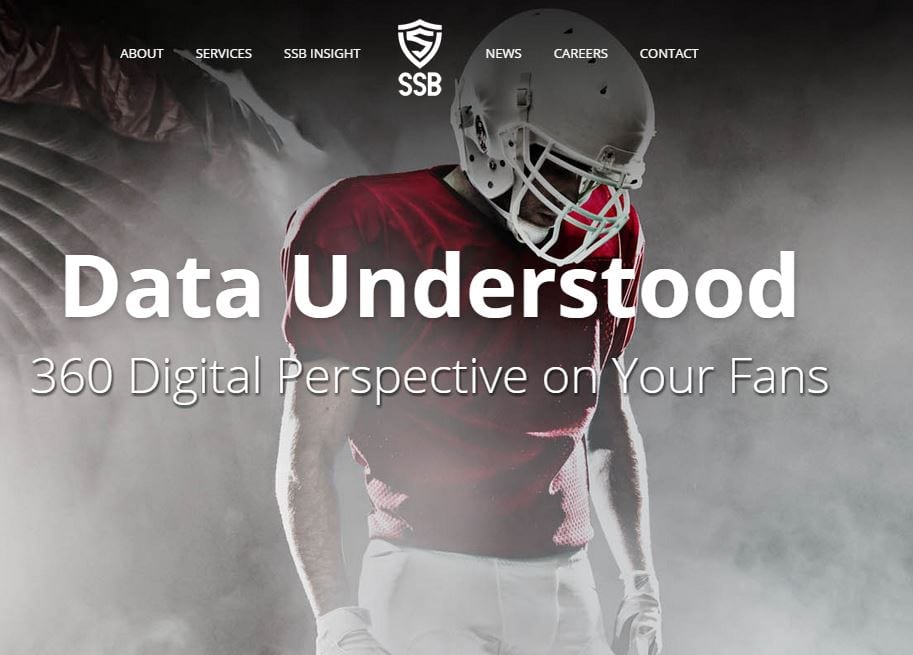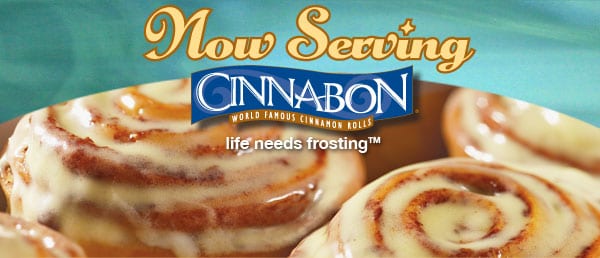by Aaron LeValley – April 2015 Big data requires strategy “Big data” is no longer just a buzz phrase or a passing fad. According to a W.P. Carey School of Business study at Arizona State University, the amount of data accessible for businesses is growing exponentially, with the amount of data doubling every 1.2 years. Having a…Continue Reading How to get started using Big Data in sports
How to get started using Big Data in sports


